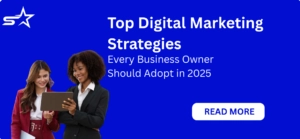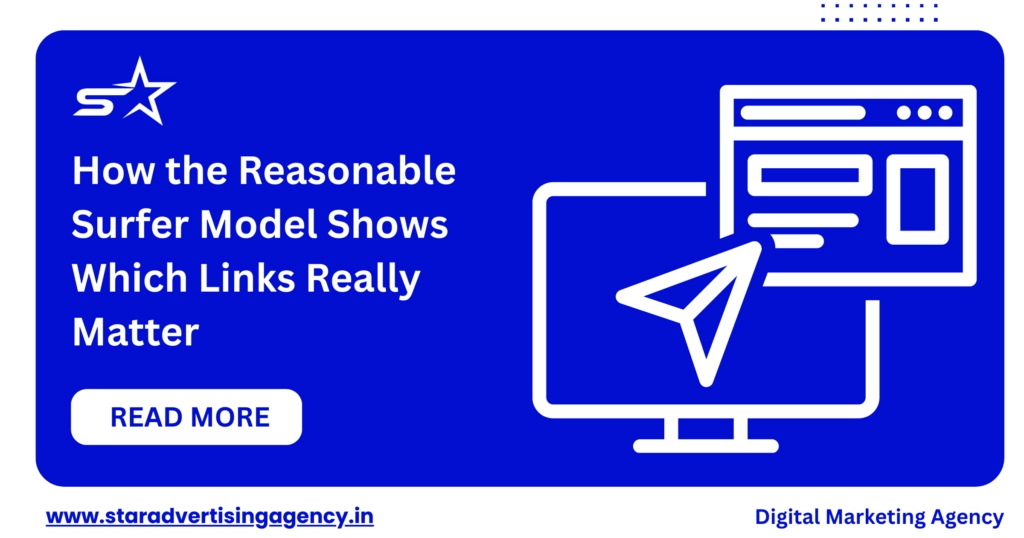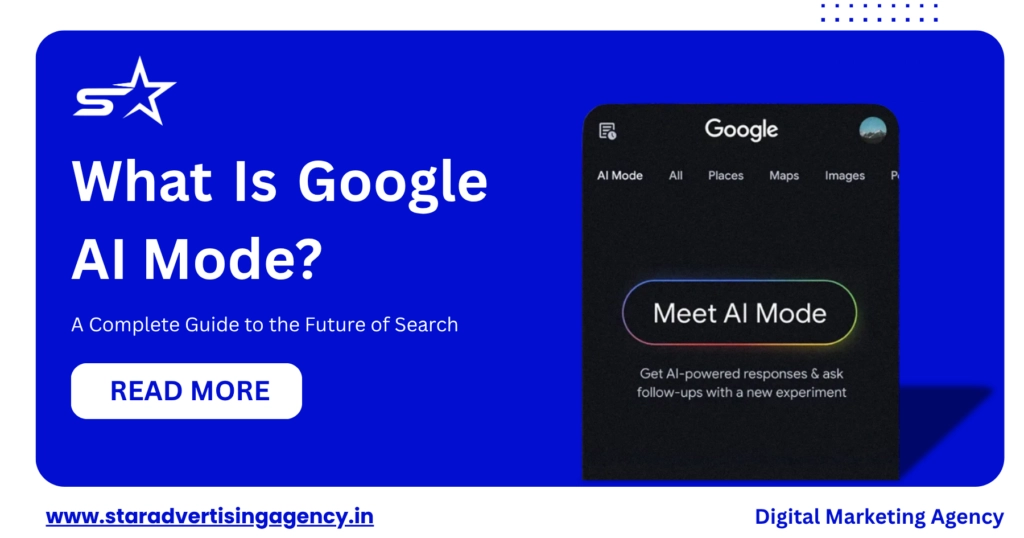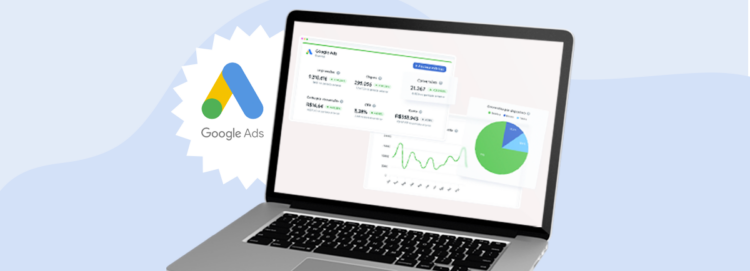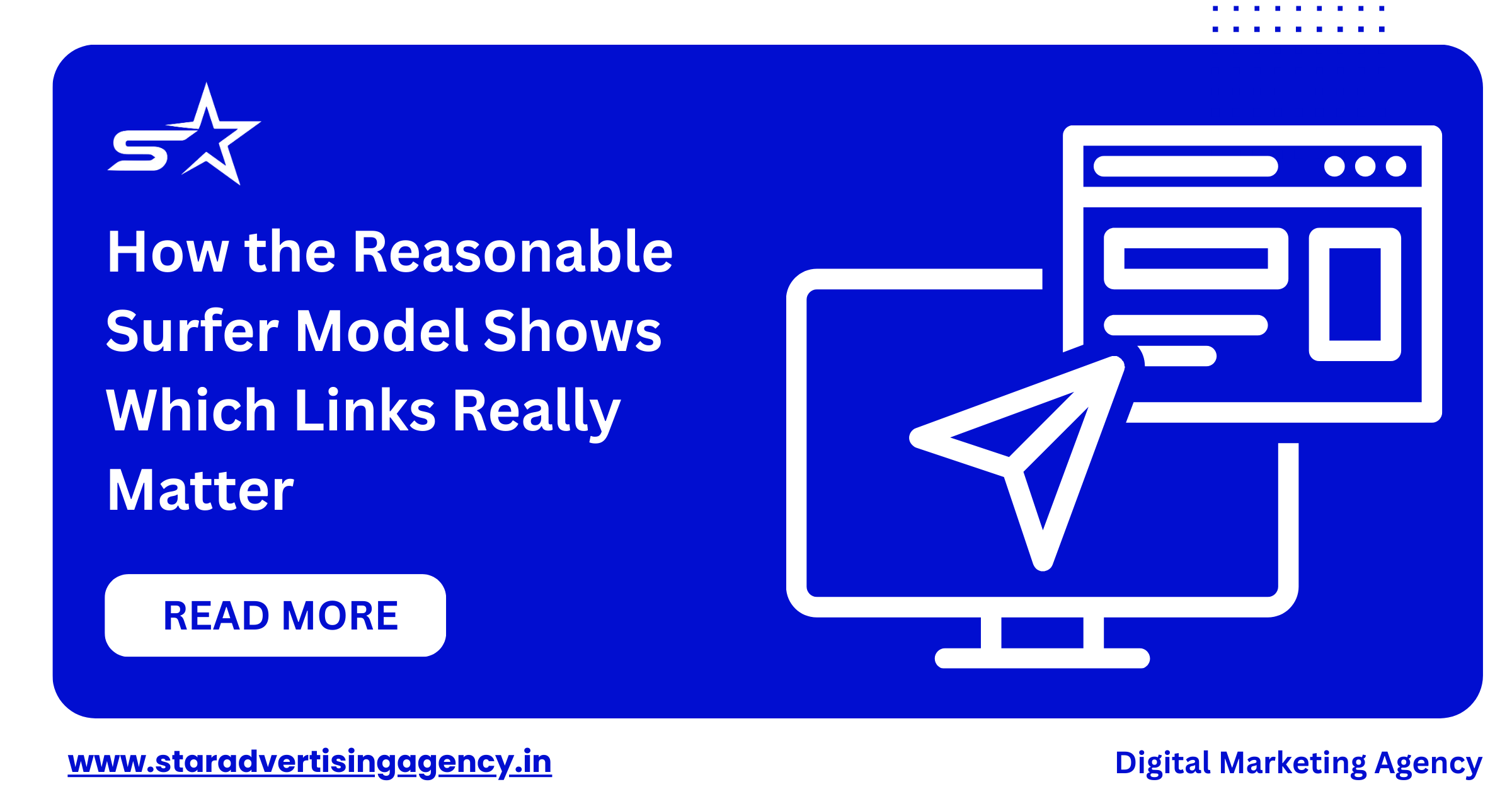
What’s the Reasonable Surfer Model?
Imagine you’re surfing the web—not on a wave, but clicking links from page to page. The Reasonable Surfer Model is a way to figure out how likely someone is to actually click on a link, depending on stuff like where the link is, what it looks like, and even who the user is.
Basically, not all links are created equal. Some links get clicked a lot, and some hardly ever. This model helps us understand why that happens.
How Link Value Changes
When we talk about "link value," we're talking about how important or powerful a link is when it comes to things like ranking in Google or driving visitors to a site. The Reasonable Surfer Model says that link value depends on three main things:
Link Features
These are details about the link itself. For example: Is the link in the main content or buried in the footer? Is the link in a big, bold button, or a tiny text link? Does the link have words that catch your eye (like "Click Here for a FREE Gift!")? Links in the main part of the page, where people are focused, usually get more clicks — so they’re more valuable. A tiny link at the bottom? Not so much.
Document Features
This is about the page that holds the link. Like: Is the page well-known or popular? Does the page have useful content that matches what users want? How many links are on the page? (Too many links can make each one less special!) For example, a link from a popular news article might be worth more than a link from a random blog nobody reads.
User Data
This one’s cool — it looks at who is clicking. Different people click different links. If someone’s on a shopping site, they might click links to buy stuff more than links to read articles. If the user is new to a site, they might click “About Us” links more than repeat visitors do. Websites can use info like location, device type, or browsing habits to guess which links users are more likely to click.
Putting It All Together: The Star Advertising Agency Example
Let’s say we have a star advertising agency called "Shiny Ads." They want to get more clients by having their website pop up higher in Google search results.
Link Features: They put a big, colorful “Contact Us” button on their homepage. That button’s link is super noticeable, so it’s got high link value.
Document Features: The homepage is popular, with lots of visitors and great content about their awards and happy clients. Links from this page are more valuable than from a little page about office supplies.
User Data: The agency knows most of their visitors are local businesses looking for marketing help, so they make sure to highlight links that those users are likely to click, like “Get a Free Consultation.”
Thanks to the Reasonable Surfer Model, "Shiny Ads" understands that not all links are equally powerful. They focus on making important links stand out where real people actually click — which helps their site rank higher and attract more customers.
Why Does This Matter?
In the old days, search engines just counted links equally — one link, one vote. But people don’t click links equally. Some links are more tempting, more useful, or just easier to find. The Reasonable Surfer Model helps websites and marketers figure out which links matter most — so they can improve their site and get more visitors.
Hiring a Digital Marketing Agency? Ask These Questions
Choosing the right digital marketing agency for your business is crucial to ensuring a successful partnership that drives results. Here are essential questions to ask when evaluating agencies:
Ask These Questions
- What Does a Good Client Look Like for Your Agency? Or a Bad Client?
- What Are the Types of Digital Marketing?
- What is SEO in Digital Marketing?
- What is the Purpose of a Digital Marketing Agency?
- How Much Does It Cost to Hire a Digital Marketing Agency?
- How Big is Your Contract Relative to the Other Ones the Agency is Under?
- What Can You Expect from the First 90 Days (or an Equivalent Starting Period) of Your Contract?
- Is There Any Proof of Their Success with Companies Like Yours?
- What Do Their Testimonials, BBB Ratings, or Google Reviews Indicate?
- What is Your Strategy for Communication and Reporting?
Quick Recap: Link features: Where and how the link shows up. Document features: The quality and popularity of the page with the link. User data: Who’s browsing and what they’re likely to click. And just like a surfer picking the best waves, search engines and marketers want to find the links that real users are most likely to ride.












